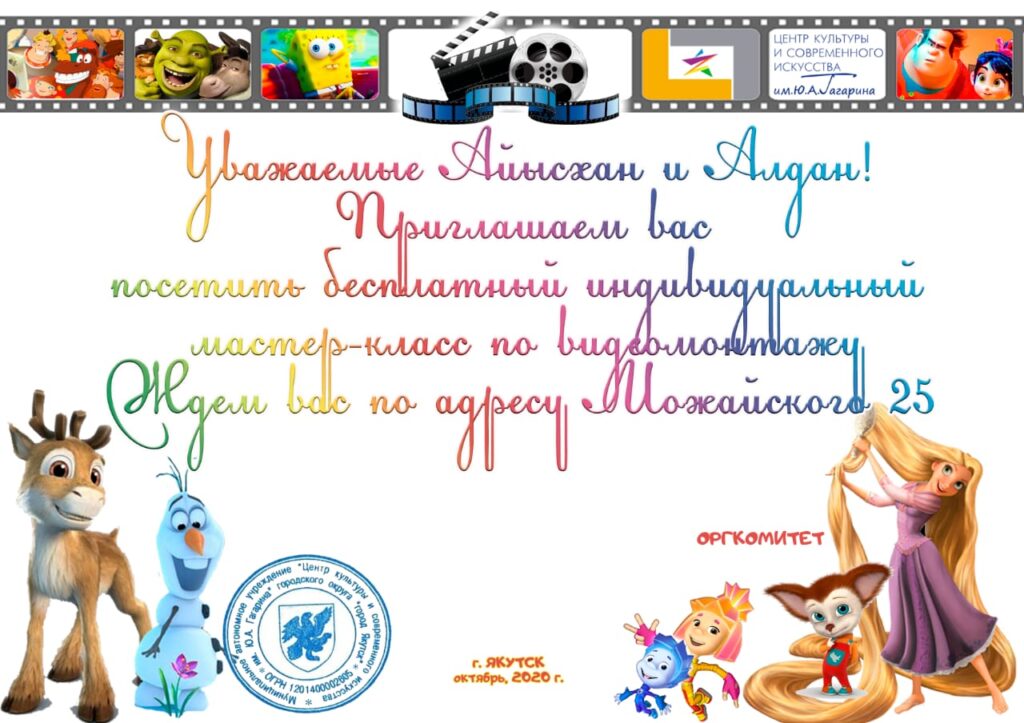
Долганский танец “хэйро”
The famous Dolgan poetess Ogdo Aksenova wrote the following lines: “The Dolgans have such a custom - to share their first catch. Remember, boy! " In the old days, the Dolgans always gave some of the meat of wild deer and caught fish to relatives and neighbors. But furs were not subject to division. She was a valuable commodity, in exchange for which one could get guns, gunpowder, tea, flour, sugar from visiting merchants.
In the process of adapting to the environment, reindeer herders, fishermen, and hunters have developed a set of rules and taboos that make it possible to use natural resources without depleting them, without disrupting a stable ecological system.
They intuitively felt the need to protect the surrounding flora and fauna from unnecessary destruction. They came up with all kinds of restrictions, taboos, rituals. These beliefs have been preserved in folklore and customs. Traps for Arctic foxes - in Siberia and in the Far North they are often called "graze" - were the personal property of each hunter. Only the one to whom these traps belonged could check devices and pick up the animals that felt into a trap.
There was another important rule related to arctic fox hunting. If you decide to set your traps south of those set by another hunter, you do not need his permission to do so. But if you want to set the trap north of other people's traps, you must get the permission of their owner. Why did such a custom appear? Everything is explained very simply: Arctic foxes come to the Dolgan lands from the north, and therefore the hunter, whose traps are located to the north, has a better chance of success.
Little mistress of the great tepee. Up to the 19th century Dolgans preserved remnants of matriarchy, although kinship was based along the male line. The women supported the fire, "fed" it; they oversaw all household shrines. In winter, several Dolgan families, as a rule, united and built a large tent from inclined wooden blocks covered with sod for warmth. The inhabitants of the winter house chose a common mistress. Often it was an elderly woman, hunched over from hard work. The word of the little mistress was a law for everyone, including the proud and warlike Dolgan men.
Ichchi, satians and other spirits. The Dolgans were considered Christians. They performed many Orthodox rituals, but at the same time they almost completely retained their ancient beliefs.
Dolgans believed that Deities and spirits were divided into three categories. The first group is made up of "icchi" - incorporeal, invisible beings, "souls" capable of settling in inanimate things and "animating" them. The second group is "aiyy", spirits that help people. The third group - harmful "abaasy", bringing disease and misery. Abaasy lived on earth and in the underworld. They strived to steal a soul from a person, take it underground, and then penetrate his body. The person in whom the abaasy were possessed fell seriously ill. According to the Dolgans, only a shaman could help in this case. If he was able to determine which of the evil spirits penetrated the patient's body and expel them, the person recovered; if not, he was dying. The Dolgans also believed in the "saitaans". Saitaan, in their opinion, could be a stone of a rare shape, an unusually curved antler of a wild deer or any other object in which the shaman settled a soul - "icchi". The Saitaans possessed powerful power and were, in the eyes of the Dolgans, a kind of amulets that brought good luck on the hunt and in household chores.
Male or female shaman's rituals included chants, onomatopoeia, recitations, exclamations, playing the tambourine, and the sound of rattles. Like the neighboring Samoyed ethnic groups, Dolgan shamans differed in the level of mastering magical skills: yryakhyt - “singers-healers” who did not have a costume with rattles and a tambourine; muolin oyun - "shaman who turns to the spirits of the lower world for help"; uostugan oyun - "shaman with a bar bit", possessing a set of ritual attributes. Like the Evenks and Yakuts, the Dolgan shamans could differentiate into ylgyn - “small, weak”, ortho - “medium” and atyr - “great” chosen spirits. Family and hunting patrons - saitaans were revered, they could be various objects (a bizarre stone, deer horns, etc.), in which the shaman put the spirit-ichchi.
The Christianization of the Dolgans, like other northern peoples, began in the first half of the 17th century and was one of the most important aspects of the policy of the tsarist government, which was to consolidate the annexed lands and ensure the further penetration of Russian influence to the north and east up to the Arctic and Pacific oceans. The mass baptism of the local population was carried out and completed in a relatively short time - at the end of the 18th - beginning of the 19th centuries.
In November 1846, Matthias Alexander Castren wrote that one of the Dolgans, who agreed to take him on his reindeer from Dudinka to Tolstoy Nas, greatly surprised him by “kneeling before the image of the Mother of God and saying a long prayer for my prosperity”.
The Dolgans were officially considered baptized and respected Christianity, but they also preserved traditional religious beliefs: and this is a complex complex of very diverse animistic and magical ideas, superstitions, and taboos. Entering the tepee, the Dolgans crossed themselves, icons stood in a prominent place, they prayed in front of them. The Dolgans' calendar was built on Orthodox saints, and a special hexagon, by which the days were counted, was called Pascal in Russian.


